Chickenpox not only causes uncomfortable symptoms but also leaves many complications. So what are the symptoms of chickenpox through each stage? The detailed answer will be in the article below.
Where does chickenpox come from?
The main cause of chickenpox is the Varicella-Zoster virus (VZV). The disease is characterized by fluid-filled blisters that grow densely on the skin, causing itching and discomfort. After the blisters subside, they leave round, slightly concave lesions with a crust on top. When healed, they can easily leave shallow, concave scars.
Any person who is not immune to chickenpox is susceptible to infection and disease.
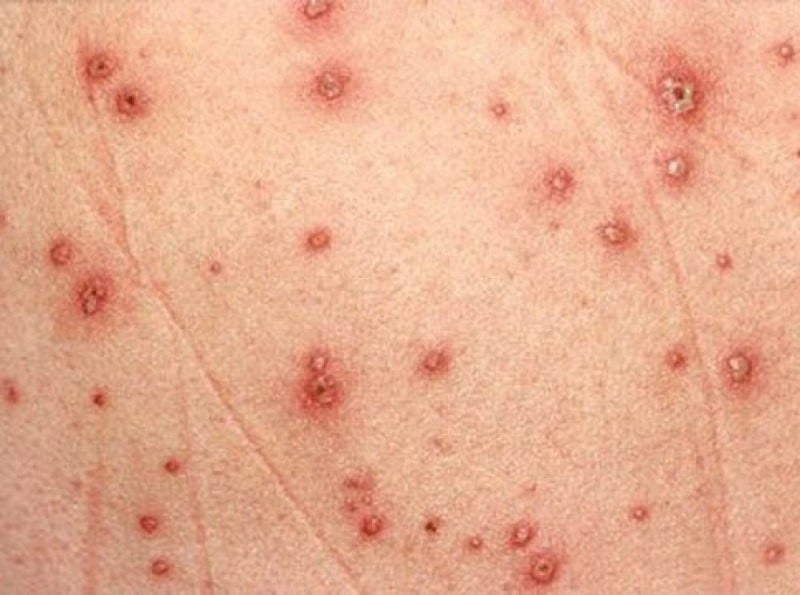
Chickenpox is characterized by blisters on the skin.
Symptoms of chickenpox through each stage
Chickenpox is caused by the Varicella-Zoster virus (VZV), which is easily spread through the respiratory tract and can be divided into different stages such as:
- Incubation period: Occurs from 10 to 20 days from the time of infection with the virus. In this early stage, the patient has no symptoms yet, so it is difficult to know that he or she is infected.
- Onset phase: The first symptoms will begin to appear such as: Fatigue, headache and mild fever. After about 24 to 48 hours of onset, red spots will appear on the patient's skin. In addition, some other symptoms may appear such as swollen lymph nodes behind the ear, sore throat...
- Full-blown stage: At this point, the symptoms of the disease become more obvious and severe. The patient may experience muscle pain, headache, high fever, loss of appetite, nausea,...
The red rash on the patient's skin can turn into blisters and cause the patient to feel very uncomfortable and itchy. When the itching becomes unbearable, the patient will scratch these blisters, causing them to burst and form scars later. More worryingly, this condition can also increase the risk of dangerous secondary infections if not treated promptly.
In particular, blisters will not only appear on the skin areas of the body but also appear on the oral mucosa. Therefore, it is very difficult for the patient to eat and drink.
If not cared for properly, infection is likely to occur. Typically, if an infection occurs, the fluid inside the blister will turn cloudy or contain pus, and the blisters will increase in size.
- Recovery phase: After about 10 days from the onset of the disease, the broken blisters will dry up and gradually flake off. During this phase, patients also need to take proper care of their skin to prevent the risk of infection.

Chickenpox patients need to keep their skin clean every day.
Who is at risk of chickenpox?
The period of transmission of varicella-zoster virus is 1-2 days before the rash appears and until all blisters have crusted over. So who is at risk of chickenpox? People of all ages can get chickenpox, and children from 6 months to 7 years old are most susceptible to the virus. In adults (over 20 years old), the rate of chickenpox is lower, about 10% due to immunity.
People who have had chickenpox usually have lifelong immunity, but about 1% of people get reinfected. Some people can get chickenpox more than once in their lives, but this is rare. For people who have been vaccinated against chickenpox and still get the disease, symptoms are usually milder, with fewer blisters and little or no fever.
Dangerous complications from chickenpox
Chickenpox can have many potential complications if not recognized and treated promptly. Dangers may include:
- Chickenpox infection: This is a condition where the skin areas are infected, ulcerated, and have a high risk of leaving pitted scars.
- Sepsis: This is a dangerous complication that develops very quickly, when the pathogen VZV from chickenpox blisters spreads to the blood, leading to tissue damage and organ failure.
- Pneumonia: This complication usually appears on the 3rd to 5th day of the disease, leading to respiratory failure, pulmonary edema and endangering life.
- Herpes zoster: A complication of chickenpox caused by VZV relapsing after many years in the body. People with shingles will experience severe pain and can cause motor neuron inflammation and muscle weakness around the rash area.
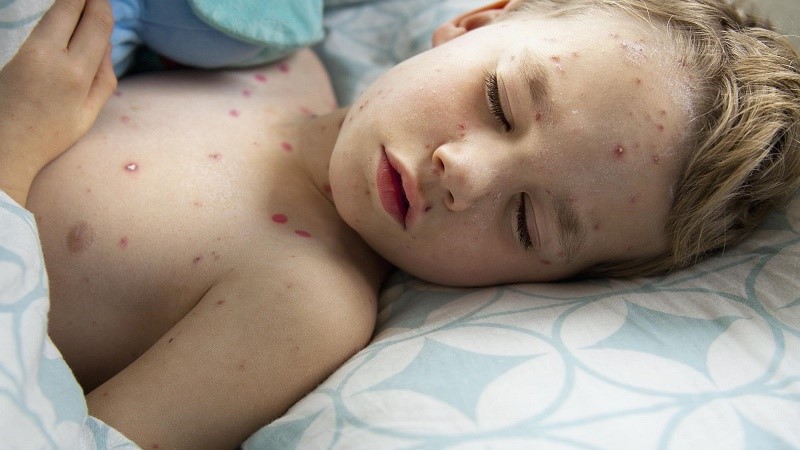
Chickenpox can lead to secondary skin infections.
How to treat chickenpox?
To quickly cure chickenpox and limit complications, you can refer to the following treatments and skin care methods:
- Do not scratch blisters to prevent the risk of secondary infection, skin infection and reduce the risk of scarring. Patients should cut their nails short, change clothes regularly and keep their skin dry and clean.
- Use medication: In case of high fever, the patient can take antipyretics. If the patient feels pain all over the body, he/she should take pain relievers, anti-inflammatory drugs, etc. as prescribed by the doctor.
- Use antiviral drugs: Some patients may be prescribed antiviral drugs to shorten the duration of infection and reduce the severity of the disease, but they should also be used as prescribed by a doctor.
- Clean your body daily with clean, warm water...
- Drink enough water and supplement with enough nutrients to provide vitamins and minerals for the body.
Support to improve chickenpox thanks to the duo of Subac granules and gel
To prevent and quickly improve chickenpox and prevent dangerous complications, patients should combine the use of the herbal duo "internal oral - external application" Subac granules and gel.
In particular, Subac gel is a topical product that uses Nano silver technology to help fight bacteria, strong viruses, clean the skin, and quickly heal skin damage caused by chickenpox. In addition, Subac also contains neem extract and chitosan to help fight bacteria, stimulate skin regeneration, and prevent the formation of dark scars.
In particular, according to a survey by Vietnam Economic Magazine, up to 96% of users are satisfied and very satisfied with Subac gel: Helps clean and disinfect skin and oral mucosa; Helps soothe skin, reduce itching; Limits dark spots, regenerates skin, prevents scarring. Recently, Subac product was also honored to receive the "National Strong Brand 2024" award.
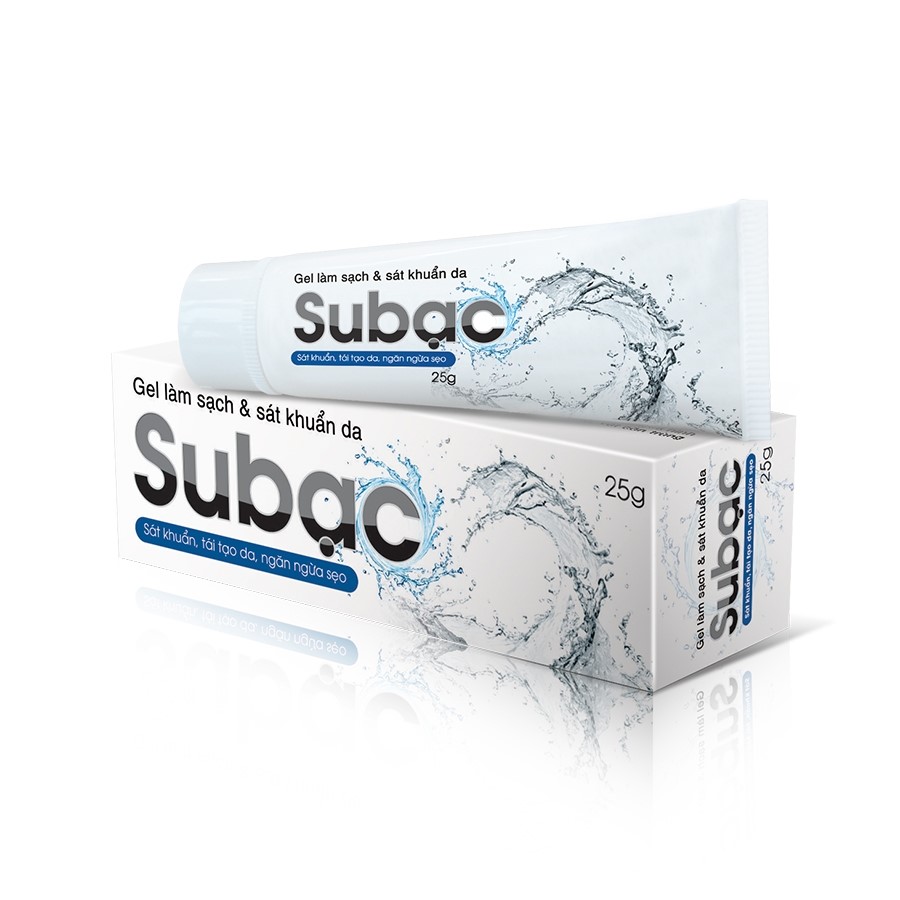
With Subac gel, measles, chickenpox, shingles are gone; hands, feet and mouth are clean, skin is smooth
Besides, if you want to help prevent and speed up the process of improving chickenpox, you need to support increased resistance with Subac granules.
Subac granules contain herbs such as neem leaf extract, mango leaf extract, Eclipta prostrata extract, zinc gluconate, angelica extract, L-lysine,... which help to enhance resistance, prevent and support healing of skin damage caused by chickenpox, and help relieve symptoms in case of infection.
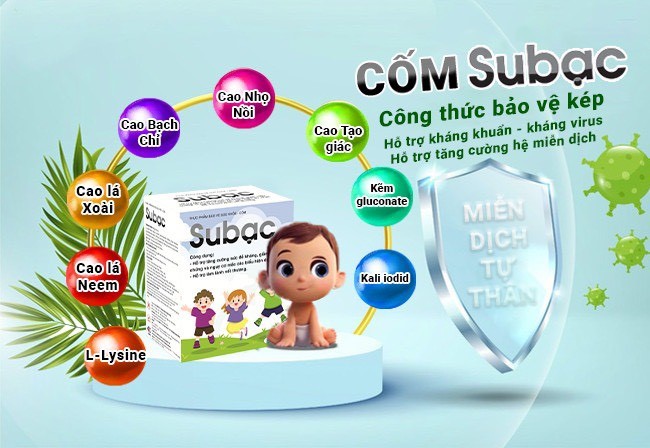
Subac rice helps increase resistance, anti-virus, anti-bacterial
Above is information about chickenpox. Hopefully the above content will help you prevent and treat chickenpox effectively!
Anh Thu
*Products are available at pharmacies nationwide.
*This food is not a medicine and does not have the effect of replacing medicine to cure diseases.
Source: https://giadinh.suckhoedoisong.vn/trieu-chung-benh-thuy-dau-qua-tung-giai-doan-nhu-the-nao-172241205084412163.htm









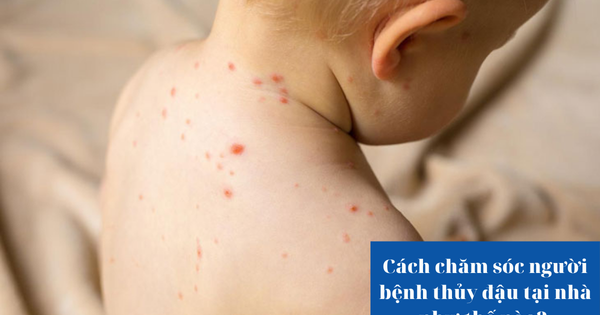









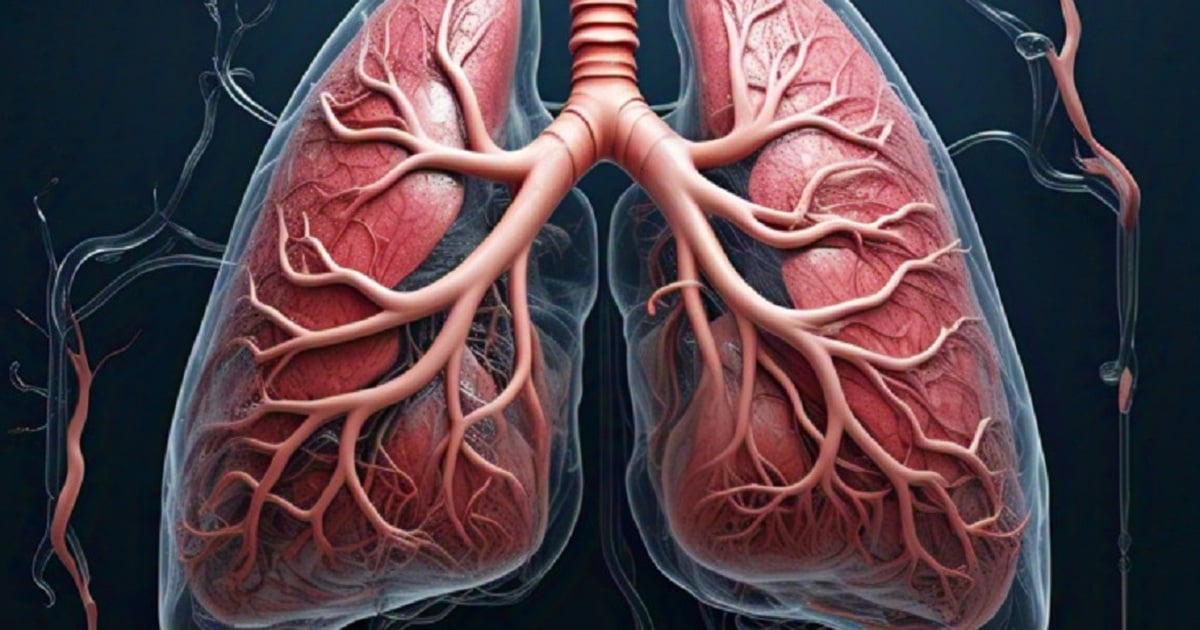









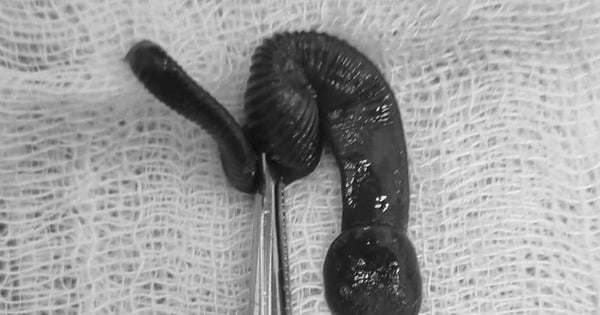











Comment (0)